Step into a magical world where your garden is a vibrant, edible wonderland – a place where plants not only dazzle your eyes but also tantalise your taste buds! Welcome to the realm of edimentals, where each plant is a rockstar, bringing a burst of colour, flavour, and excitement. Picture your garden as a personalised, rainbow paradise that’s as delightful for your eyes as it is for your taste buds
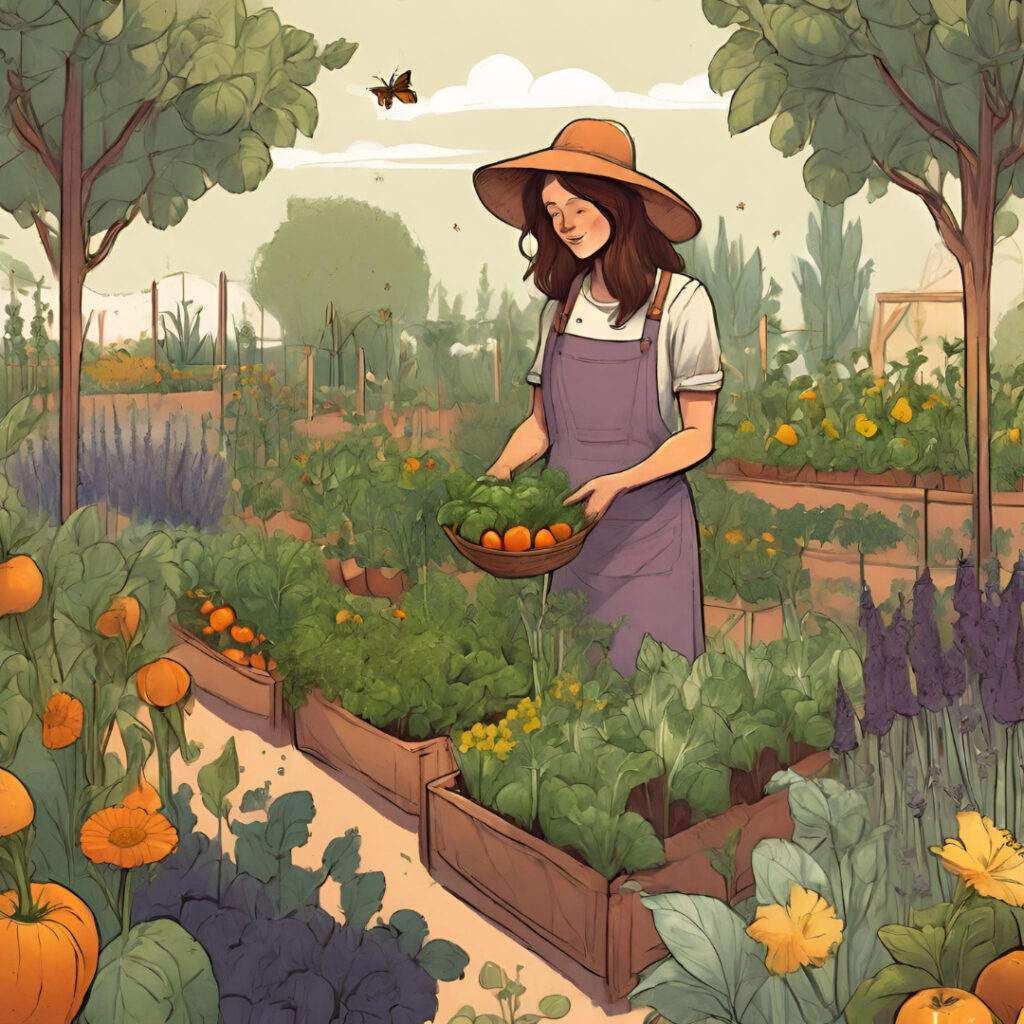
What Are Edimentals?
Edimentals are a play on the words “edible” and “ornamental.” It refers to plants that both look good and are able to be eaten. It’s a wonderful way to add beauty and nutrition to your garden. Edimentals not only make your taste buds happy but also make your eyes happy. By combining good-looking plants with ones you can eat, you can make your garden a lovely place that’s also practical. It includes a variety of plants, like herbs, flowers, shrubs, and trees.
Let’s explore the many benefits of edimentals.
The Benefits Of Edimentals
Embrace The Beauty Of Edimentals
Edimentals make gardens and yards look really nice. They add beautiful colours, different textures, and interesting shapes. Think about a garden full of bright flowers, tasty herbs, and yummy veggies.
You might imagine bright sunflowers. These not only look nice but also give tasty seeds for snacks or salads.
Perhaps you imagine plants like swiss chard with their colourful leaves. These are not just for decoration but also for your healthy cooking adventures.
Picture lavender in your edimental garden landscape. It has pretty flowers that not only smell good but can also flavour desserts, teas, or even savoury meals.
When you choose plants like these for your garden, it becomes a place that’s not just pretty to look at but also useful. You can enjoy both the beauty of the plants and the yummy things you can make with them. You have a garden that’s both nice to see and gives you delicious things to eat.
This is one of the best things about using edimentals for me. I’m a very practical person so usefulness and functionality is key. If I can achieve that and still have a beautiful garden, that’s a win!
Psychological And Mood Boosting Power Of Edimentals.
Growing edimentals in your garden makes it a colourful and nice-smelling place. Gardening is amazing for wellbeing. Specifically though, colours and smells have a way of making us feel good. There’s a science to it, it’s called colour theory. It’s amazing how colour affects our mood. Scents have a similar impact!
Think about those sunflowers again. They have bright yellow petals that can instantly make you feel happy and warm. When you plant sunflowers in your garden, it’s like adding a splash of sunshine with their vibrant yellow colour.
And then there’s the smell of mint. It’s not just nice to smell, but it can make your food taste better too. Mint goes well in both sweet and savoury dishes. Just brushing against a mint plant can release its refreshing smell, making your garden a pleasant place.
So, having plants like sunflowers and mint in your garden isn’t just about looks; it’s about creating a place that looks good, smells good, and feels good too. It’s like making a little outdoor paradise where your senses get a treat.
“Nature always wears the colours of the spirit.”
Ralph Waldo Emerson
Biodiversity Boost By Incorporating Edimentals
By cultivating a variety of edimentals, you promote biodiversity in your garden. This means having many different types of plants. As a result, you also warmly welcome a wider variety of helpful insects, like ladybugs and bees, and other wildlife. This mix creates a balanced and thriving ecosystem in your garden. As a bonus, having different plants helps keep away pests without using chemicals.
For example, lavender has blooms that not only look really pretty but also have a sweet floral taste. It attracts helpful insects such as bees, which are nature’s little helpers. So, by having lavender in your garden, you’re not just adding a pop of colour and flavour, but you’re also making a cozy home for the good bugs that keep your garden healthy and happy. You are helping to create a little community right in your backyard!
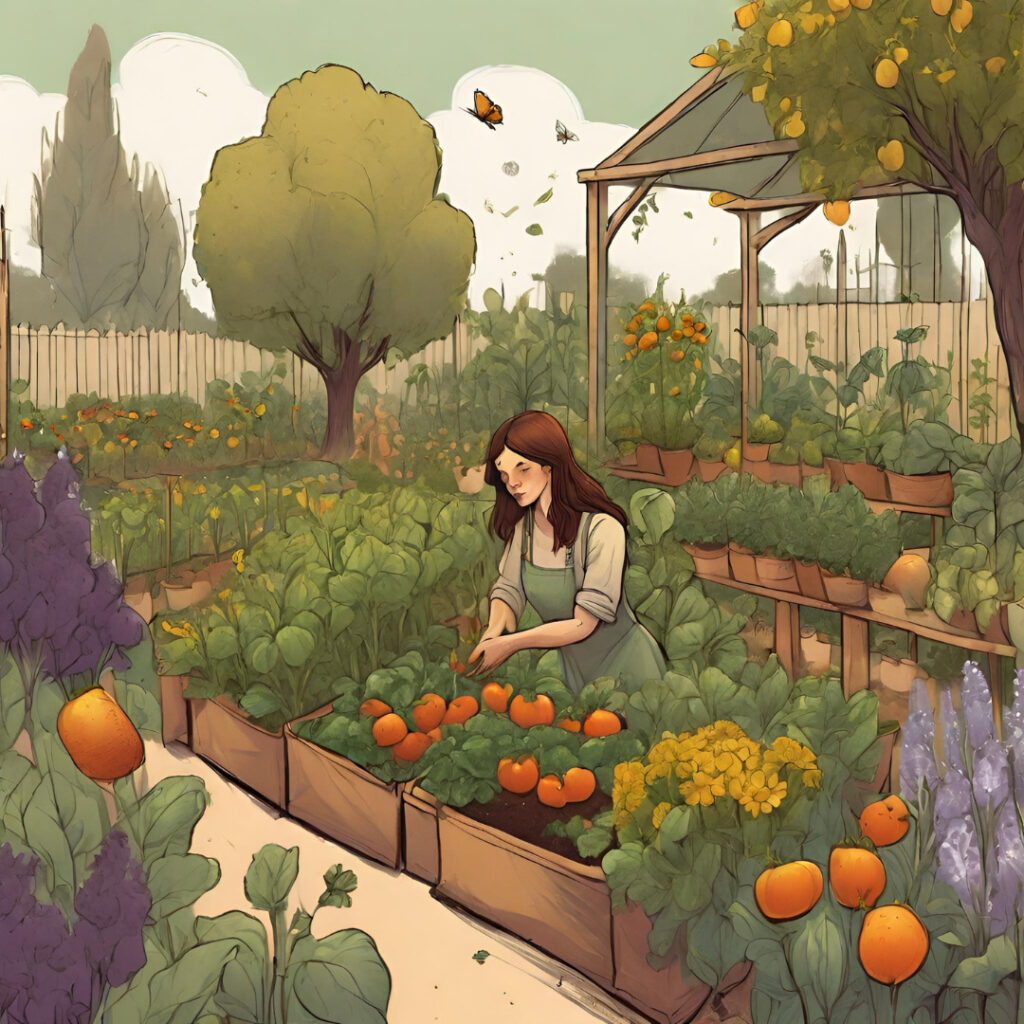
Creating A Sustainable Food Source For Your Entire Family
In recent times, people are getting more interested in finding unique and eco-friendly ways to get their food. Edimentals are fascinating because they help us live in a more sustainable way.
When you grow food in your garden, you rely less on big farms and big companies. This is great for the environment, and your wallet. It also matches the trend of people wanting to be more self-sufficient with less reliance on society in general. Further, it goes along with permaculture, where we aim to create sustainable systems.
By including these special plants in our surroundings, we not only make things look better but also live in a way that’s better for the Earth. As we look for new ways to get our food and take care of our planet, edimentals seem like a great way to have a greener and more delicious future.
So, why not start growing your own edible garden? It’s a place where beauty and good food come together perfectly.
Mindful Eating with Edimentals
In a world where everything moves quickly, mindful eating encourages us to slow down and savour every bite. Using plants that are both beautiful and delicious, provide an excellent opportunity to practice this mindful approach to eating.
Mindful eating is about being fully present while enjoying your food—appreciating the flavours, textures, and the entire eating experience. Edimentals naturally fit into this mindful practice. As you cultivate these plants in your garden, witness their growth, and incorporate them into your meals, you establish a special connection between yourself and your food. This process enhances your awareness of where your food comes from, fostering a deeper appreciation for what you eat.
For example, consider basil, a common edimental with leaves that emit a delightful aroma. Growing basil allows you to observe its growth stages and then use its fragrant leaves in your cooking. This journey from garden to plate becomes an exploration of scents and flavours, adding a unique dimension to your culinary experience. Extend this connection and remain mindful while enjoying the delicious food that you helped to cultivate with your own hands.
The benefits of mindful eating with edimentals go beyond the sensory delight. It also promotes a healthier lifestyle by encouraging you to be aware of the nutritional value of the plants you grow and consume. Edimentals, with their combination of beauty and taste, inspire a balanced and nourishing approach to your diet.
Incorporating edimentals into your meals transforms eating into a fulfilling experience. By taking the time to enjoy the flavours and reflect on the origin of your food, you cultivate a mindful approach to consumption—one that brings gratitude, connection, and overall well-being to your meals.
Edimentals Boost Nutritional Value
Edimentals are natural packages of nutrition. From herbs filled with helpful vitamins to colourful flowers loaded with good-for-you antioxidants, these plants offer a healthy twist to your usual cooking ingredients. Afterall, variety is key for balanced nutrition.
Think of herbs like basil and parsley as more than just tasty flavours. They’re also bringing vitamins like vitamin K and C and minerals such as potassium. This helps keep your bones strong, support your immune system, and manage blood pressure.
Edimentals, especially those with vibrant flowers, come with antioxidants. These little superheroes help your body fight off potential health issues. Flowers you can eat, like nasturtiums and pansies, not only make your salads look pretty but also add this extra healthiness.
To make the most of edimentals, mix them into your regular meals. Get creative in the kitchen by using edimentals in salads, soups, and sauces. This not only makes your meals taste better but also gives them an extra health kick.
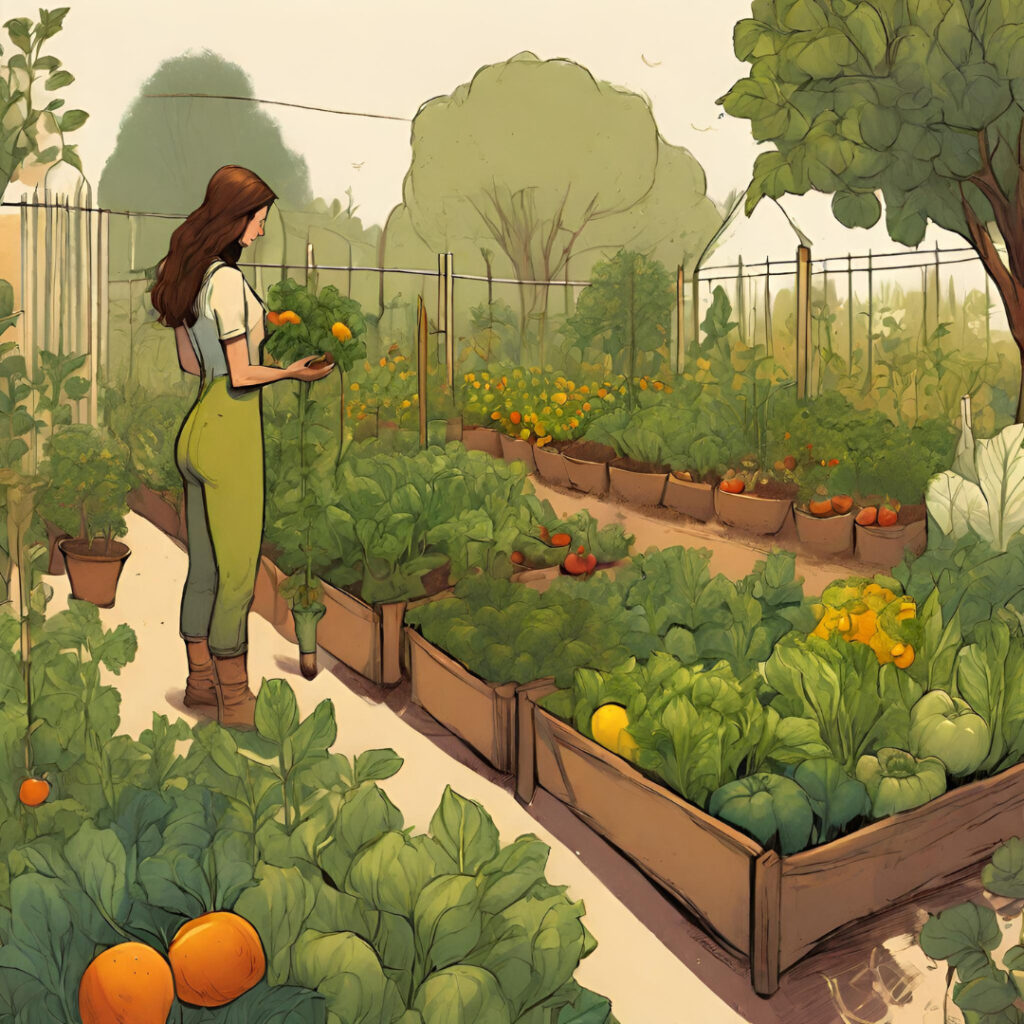
Perennial Power Of Edimentals
While some plants need to be planted again from the beginning every year, perennial edimentals keep growing on their own. This means less work for gardeners because you don’t have to keep planting them. Instead, you can enjoy many of your favourite herbs, flowers, or other edibles come back season after season.
For example, chives, rosemary, thyme, lavender, mint and lemon balm are all wonderful perennials to include in your edimental garden.
It’s not just good for you, but great for the soil to. Constantly turning and replanting the soil, which is needed for plants that only last a year, can make the soil lose nutrients and erode. Perennial plants, however, have deep roots that help prevent erosion and make the soil stronger. This natural way of growing is good for the soil, making it healthier and better over time.
Edimentals Are Your Garden Medicine Cabinet
Imagine having a special cabinet in your garden that not only makes your meals taste better but also helps with many health issues.
One great example is Calendula, also called pot marigold. Calendula has bright, golden-orange flowers that make your garden look pretty and cheerful. While you can eat Calendula it can also help with health. Calendula can be used to make balms that help with skin issues like cuts and burns. It’s gentle and good for your skin.
Further, you can make tea with calendula petals, which has been known to help with digestion. Calendula tea is known for being calming. Calendula has antioxidants, which can be good for your overall health. They help your body fight off things that might not be good for you. By growing calendula in your garden, you’re not just making it look pretty and adding flavour to your meals. You’re also creating a place where nature’s healing power is right there when you need it. Calendula shows how your garden can be both a colourful and tasty spot and a helper for your health.
Culinary Applications Of Edimentals
Growing edimentals isn’t just about having a garden; it’s about making your cooking experiences more exciting. Edimentals give you a bunch of fresh and tasty ingredients to use in your cooking adventures.
Whether you’re really good at gardening or just getting started with edimentals, these herbs are like the building blocks for a garden that makes your senses happy and your body healthy.
Popular edimentals like basil, rosemary, and thyme make your meals taste better. Using fresh herbs in your cooking can make your dishes more flavorful and let you try out lots of different recipes.
For instance, Rosemary is a classic edimental that people love for how it looks and how useful it is in cooking. Its evergreen leaves smell great and make your garden look fancy. The woody stems add a strong flavour to many dishes. Rosemary is tough and can grow in different climates, showing strength and elegance.
Other herbs like basil, thyme, mint, and chives are often go-to herbs in edible gardens. Basil has big green leaves, thyme looks nice as it spreads, and chives have thin stalks. These herbs don’t just make your garden look good; they also make your food taste amazing. You can use them fresh or dried to add flavour to all kinds of dishes.
Growing your own edimentals is like having your own flavor and freshness factory in your backyard. It’s not just about making your garden look nice; it’s about making your cooking more interesting and your meals more delicious.
“The greatest gift of the garden is the restoration of the five senses.”
Hanna Rion
Incorporating Edible Flowers
Let’s talk about flowers you can eat, like nasturtiums, violets, and calendulas. These little blooms not only make your food colourful but also add exciting flavours and textures. Here’s how these edible flowers can make your meals extra special:
- Picture your salads turning into a rainbow of colours. Edible flowers, like nasturtiums, violets, and calendulas, make your food not just tasty but also really pretty.
- These flowers are not just for decoration; they bring new tastes and textures to your dishes. Whether it’s desserts or drinks, using edible flowers makes your cooking adventures more fun.
- Make your meals look fancy with creative decorations using these flowers. They aren’t just toppings; they’re a beautiful and yummy way to make your food special.
Nasturtiums are the superstars of edible flowers. Nasturtiums bring bright colours and leaves that look like lily pads, making your salads and garnishes look really fancy. The best part? Nasturtiums are easy to grow. It doesn’t matter if you’re just starting to garden or if you’re a pro. Adding nasturtiums and other edible flowers to your meals isn’t just about making them look good; it’s about making them taste awesome. So, why not bring the beauty and flavour of your garden right to your plate? It’s an easy way to make your everyday meals something special.
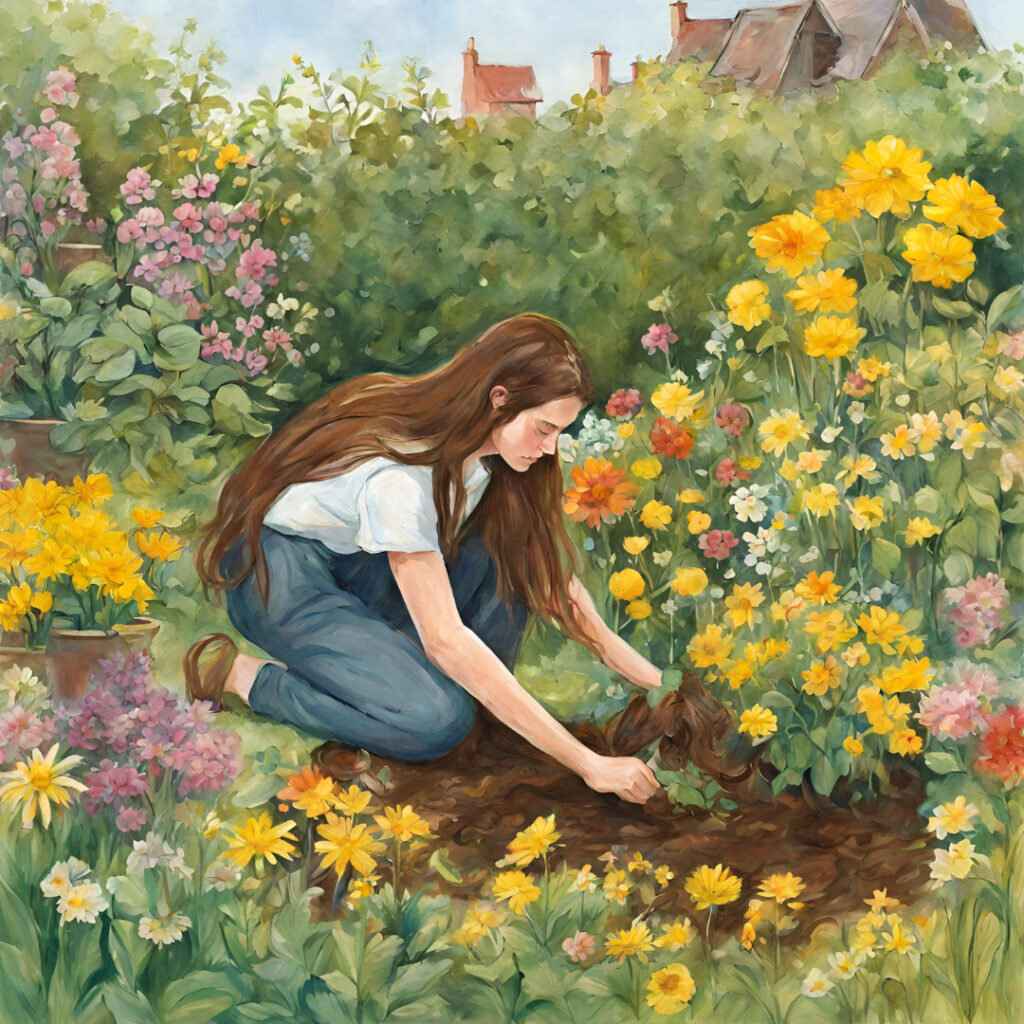
Fruitful Trees And Shrubs Add More Variety
In edimentals, some trees and bushes do more than just look nice. Adding fruit trees and shrubs keep your garden interesting all year. From pretty flowers in spring to lots of tasty fruits in summer, these trees and bushes make your garden look great.
Besides looking nice, these fruitful additions also give you fresh, homegrown fruits. Whether it’s apples, cherries, or berries, your garden becomes like a pantry full of goodies for your cooking adventures. They open the door to lots of tasty recipes, from fresh snacks to jams, sauces, and delicious desserts.
Everyone Needs Nutritional Greens
In gardens full of edimentals, some leafy greens, like kale, Swiss chard, and sorrel, are not just pretty—they’re also full of vitamins and minerals that are good for you. Using these greens in your meals, whether in salads, smoothies, or cooked dishes, adds a bunch of healthy benefits.
Kale for example with its frilly leaves in different shades of green and purple. It’s not just nice to look at; it adds a cool texture to your garden. It’s also a health superhero. Packed with vitamins and minerals, it brings lots of good stuff to your body. From vitamin K to antioxidants, kale is a green champion for your well-being.
Creative Cuisine Using Edimentals
Embracing edimentals allows for culinary experimentation. Chefs and home cooks alike can explore new and different recipes, while playing with unique flavours and textures from a diverse range of edible plants.
In the realm of edimentals, where aesthetics meet functionality, herbs stand as the true stars. Their aromatic leaves, diverse colours, and culinary versatility make them crucial for anyone seeking to create a garden that is both visually stunning and practically rewarding.
Let’s discover some of these tasty herbs:
Basil has leaves that smell and taste awesome. It adds a pop of green to gardens and windowsills.
Rosemary has woody stems and leaves that bring a strong flavour to dishes. It’s tough and gives a Mediterranean vibe.
Thyme has tiny leaves that add a lot of flavour to different dishes. It looks cute and makes garden beds beautiful.
Chives taste a bit like onions and look fancy. Their slender stems and purple blooms make gardens look nice.
Parsley has curly, bright green leaves. It looks good and adds a fresh, herbal flavour to many dishes.
Cilantro smells unique and a bit citrusy. It’s used in lots of different cuisines, and both its leaves and seeds can be eaten.
Lavender has flowers that smell nice and add a subtle floral taste to sweet and savoury dishes. People also like it for its nice smell and possible health benefits.
Sage has soft leaves and an earthy flavour. It’s a classic herb used in traditional dishes and adds elegance to gardens.
Oregano has a strong flavour perfect for Mediterranean dishes. It’s also low-growing, making it good for covering the ground.
Dill has feathery leaves and a special flavour that goes well with fish, salads, and pickles. It looks delicate and adds charm to herb gardens.
These herbs are like treasures for your kitchen. Each one brings a different flavour to your meals, turning your cooking into an exciting adventure.
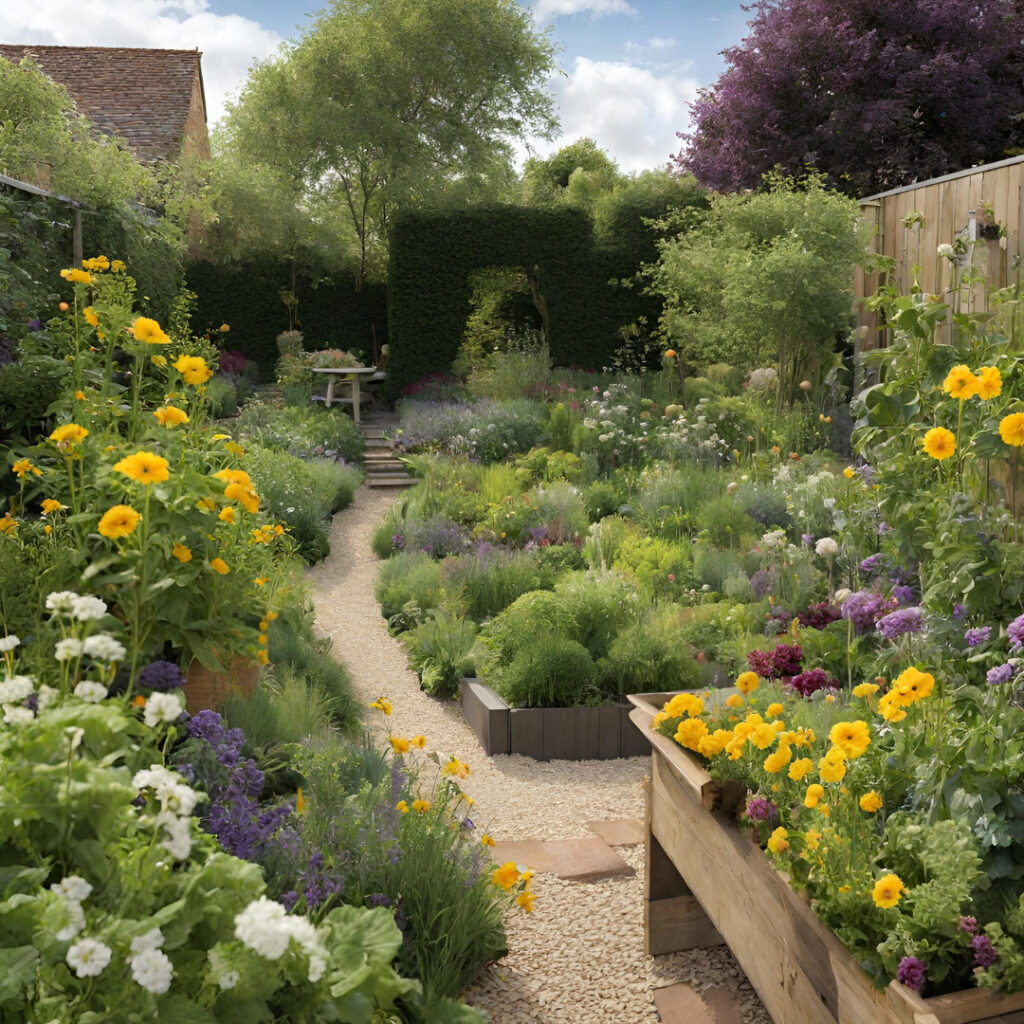
Remember…
Imagine your garden as a colourful kitchen full of tasty treasures. Pick fresh basil that makes your dishes smell amazing. Picture rosemary, a tough plant adding strong flavour to your recipes. Thyme and chives, like little heroes, bring taste and elegance.
Lavender offers a subtle floral touch to sweet or savoury treats. Sage and dill add classic and delicate flavours to your meals. Edible flowers, such as nasturtiums, turn salads into vibrant rainbows with exciting textures.
Fruitful trees and shrubs not only look pretty but also provide fresh produce. Healthy greens like kale and Swiss chard bring both beauty and essential vitamins to your garden.
In your magical outdoor kitchen, colours, scents, and delicious surprises await. Enjoy the joy of gardening!

